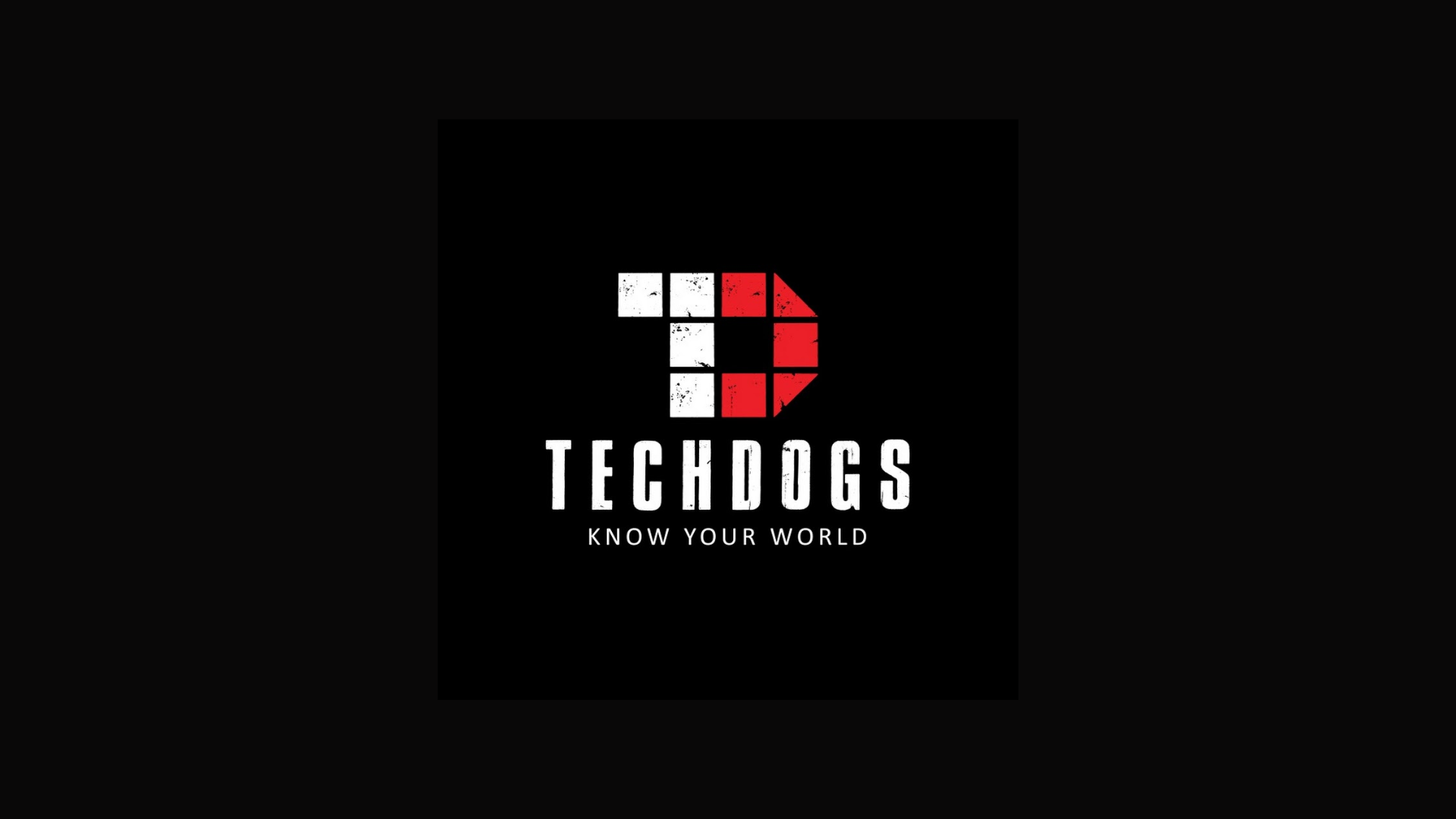So said the UK’s favourite choirmaster and lifter of national spirits, Gareth Malone OBE. For those not familiar, Gareth spends his time working with hard pressed groups of people – care workers, prisoners, school children in deprived areas, army wives etc. – to create choirs and give voices to their shared and often challenging personal experiences. He believes in the power of music and its performance.
Today we launch our Deep Tech stream. We love technology, and we’re excited by innovative technologies and their application to solutions that make our world a better place.
But what has Gareth Malone got to do with Deep Tech?
Very simply, we believe that companies developing these technologies deserve to be seen and heard, their stories told, and their enabling power recognised. Where Gareth uses choirs to tell stories, we want to help Deep Tech companies use marketing & PR effectively to achieve their commercial objectives.
The term Deep Tech – or emerging tech, future tech, disruptive tech or innovation – is used to describe the very cutting edge of technology development. To us, Deep Tech is not really a sector in its own right. As we have defined it, it represents commercial organisations whose original innovations are recognised for their enabling power, and differentiation they create. It covers a wide base of technologies and sectors, from artificial intelligence to the internet of things, and from blockchain to immersive technology.
But given so many of these organisations are right at the forefront of technology innovation, and may be scale-up companies that are just exploring full commercial operations, working out how to best communicate to their potential investors, customers and other stakeholders is quite a task.
In the build-up to our launch (and through our broader experiences), we’ve spent a good deal of time reading, listening and talking to early stage companies, those that are already on a strong commercial footing, and the investors that surround them.
So where to start? The top five tips below are based on this listening process, and our experiences of already working with some of the tech industry’s most innovative companies.
- Work out who your audience is. If you’re going for funding, your primary audience is clearly investors. But they want to know who’s going to buy your product or service. What do these audiences look like? What are their demographics? What behaviour are you trying to change, or what impact are you trying to have?
- Tell a human story / “humanise” your message. So much technology innovation gets lost because of “inventor’s syndrome” – an unshakable belief that the technology is so brilliant, that people will want it. That’s really only true if people understand what it’s for and how it helps.
- Talk about value and impact. Explain the degree to which a technology helps – what does it improve and what benefits does it bring? How much money, time etc. does it save or generate? These are real tangible values that people can get their heads round. For investors, show how your business scales.
- Paint a picture (or sing a song!). What’s your vision for the future? Not for your company or its technology, but how technologies like yours can shift our experiences. How will we live/work/play in the future? What societal, market or technology challenges do we need to address? And then, articulate the role your technology plays.
- Give your communications air and life and room to grow. Work with comms professionals to identify your differentiators, solidify your positioning and develop your messaging. They will have a broad base of experiences – best practices and case studies – on which to draw. Create a plan that lays out communications strategies for the short, medium and long terms.
As I wrote in my blog recently, there’s so much amazing technology out there that is being lost in waves of hype and bad communications. We want to reset that balance.
We’d love to hear about your experiences, and connect with those in the deep tech space. Looking forward to hearing from you!















